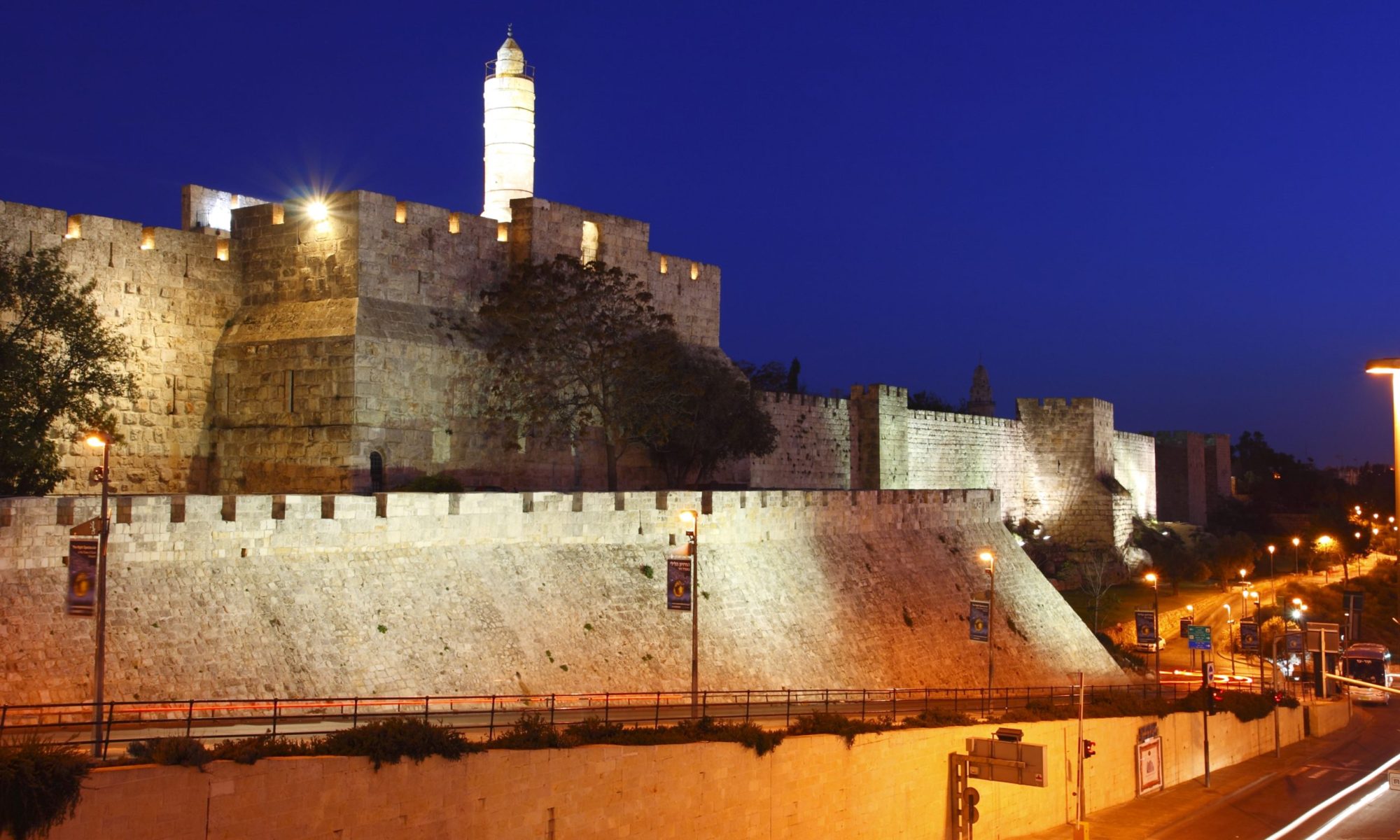
What Is Hakhel?
Hakhel: Then & Today
Picture this scene: Millions of Jews – men and women, infants and their great-grandmothers, scholars and laypeople – assembled in Jerusalem on the Temple Mount. A hush falls over the mammoth crowd, as the royally bedecked king of Israel ascends on to a platform and reads sections of the holy Torah. The nation is inspired and invigorated. A display of unity and a statement of purpose converge to revitalize and refocus a multifarious people.
Though seemingly improbable, this scene repeated itself in ancient Jerusalem on a septennial basis.
At the end of every seven years, at an appointed time, in the Festival of Sukkot [following] the year of Shemitah. When all Israel comes to appear before the Lord, your G‑d, in the place He will choose, you shall read this Torah before all Israel, in their ears. Assemble the people: the men, the women, the children…— (Deuteronomy 31: 10-12)
.In ancient Israel, every seventh year was a Shemitah (“sabbatical”) year. For an entire year, the nation’s economy came to a standstill as all farmers and agrarian workers abandoned their fields and flocked en masse to the study houses where for a full year they focused on their spiritual, rather than physical needs.
Now, at the onset of the eighth year (the first in the new seven-year cycle), the nation is ready to head back to the fields and orchards. But first, on the second day of the holiday of Sukkot, sixteen days into the new year, all gather in the Holy Temple for a dose of inspiration. Inspiration to tide them over for the next six years, most of whose time would be spent in business endeavors.
…In order that they hear, and in order that they learn and fear the Lord, your G‑d, and they will observe all the words of this Torah.
Reliving Mount Sinai
This event was known as Hakhel, “assemble!” It was the only event that required the attendance of every Jew, reminiscent of the historic moment when our nation stood at Mount Sinai, when every member of our nation was present when G‑d lovingly gave us the Torah.
Once the entire nation had gathered, the king, situated on a specially constructed platform in the Temple’s courtyard, was handed the Torah scroll that Moses himself had written. The king recited a blessing and then read aloud several portions from the Book of Deuteronomy, and then concluded with several more blessings.
…Every individual should see himself as if he is now being commanded, and it is from God’s mouth that he is hearing these words. For the king is only the messenger to announce God’s words
Hakhel Today
The “Hakhel Year” is an opportune time to promote Jewish unity and gathering.
The biblical mitzvah of Hakhel is only in effect when all the Jewish people reside in the Holy Land. However, today when there is no Temple, Jews are still encouraged to assembly on or around Sukkot, when the Hakhel gathering took place in the Holy Temple, but the entire year is a “Hakhel Year,” and an opportune time to promote Jewish unity and gatherings.
The responsibility to arrange Hakhel gatherings lies primarily on the “kings,” i.e. the leaders – rabbis and communal activists – of each community. But during this year everyone should be mindful of any opportunity that presents itself to gather together some Jews and recreate in microcosm the grand Hakhel event.
Follow “Israel with Moshe” on Facebook
Subscribe to “Israel with Moshe” YouTube channel
Follow “Gates to Israel” on Facebook
Subscribe to “Gates to Israel” YouTube channel
